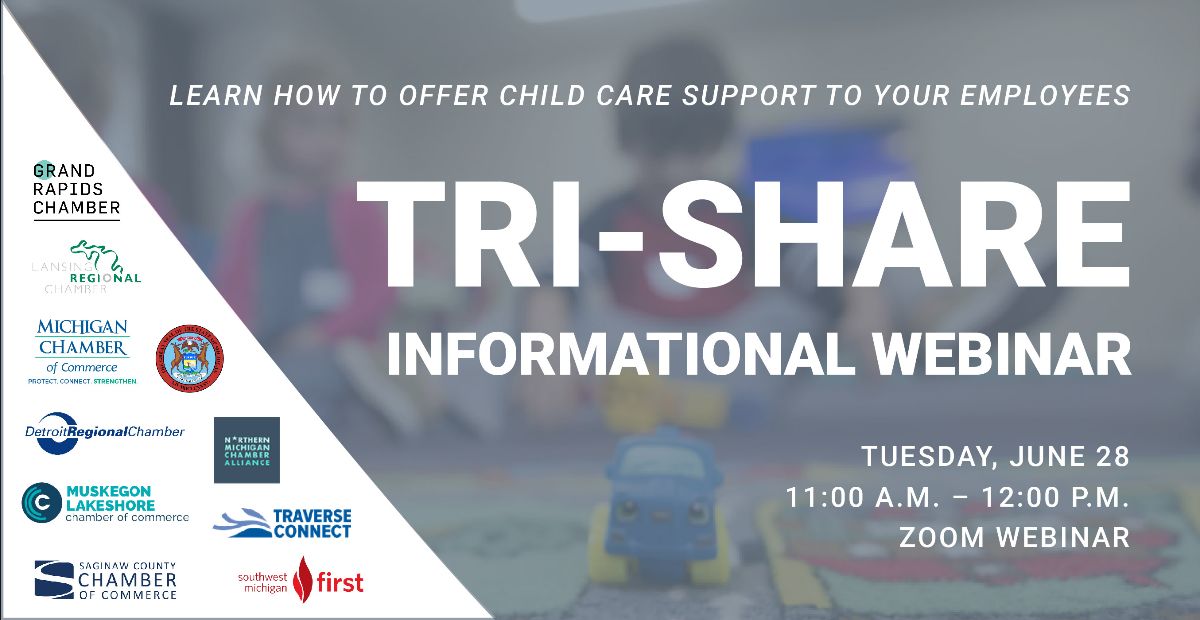
16 Easy Exercises That Can Improve Your Posture
16 Easy Exercises That Can Improve Your Posture: working from home or staring at your phone has you slouching, these moves are here to save your back, shoulders and neck.
Huffpost | Nicole Pajer | Aug 12, 2022, 05:45 AM EDT
Have you been slacking in the posture department?
Thanks to our smartphones, iPads and more, many of us spend our days with our necks craning down to stare at our devices. Working from home has also created complications, affectionately referred to by experts as “pandemic posture.”
Fixing your posture can not only relieve back or neck pain, “it can also have a significant impact on all things related to our respiratory function, core and pelvic health,” explained Trista Zinn, a trainer and founder of Coreset Fitness.
Taking tiny steps toward improving your posture is the best way to go. Here are 16 exercises to try to help get you standing and sitting straighter.
Easy Exercises
Seated Row
“This exercise works all the muscles of the back, and helps counterbalance the weight of the chest and support the spine,” explained Sebastien Lagree, a trainer and founder of Lagree Fitness.
Sit cross-legged or straddle a bench with cables or bands wrapped around a doorknob or floor mount in front of you. Next, pull the handles back toward your rib cage.
“As you continue to pull the handles toward you, focus on lifting the spine or sitting taller,” Lagree said. “Each time you pull the handles in, aim to sit higher.”
Bent-Over Rows
If you don’t have a cable system at home, or access to a gym, grab some free weights and perform bent-over rows.
“Strengthening the muscles that retract the scapula leads to better posture,” said Dr. Alejandro Badia, an orthopedic surgeon in Miami. “This also helps avoid shoulder pain, which often occurs when we slouch or work in a slumped position.”
Bend your knees and lean your upper body forward, keeping a straight spine. Start with your arms straight down in front of you with your palms facing your body, then pull the weights back, squeezing your shoulder blades together at the top. Try not to over-extend the movement: Stop right when you get to where your pockets would be on your pants ― i.e., near your hips. Lower your weights and repeat the movement.
Cat-Cow
Click here for the rest of the story…
Check our more great articles with Shield Insurance!
- Winterizing Your RV in Michigan: Insurance Tips for Cold Weather Protection
- Trunk or Treat with Patmos Library 2025 — A Spooktacular Night to Remember!
- Stay Safe, Prepared, and Have a Spook-tacular Night!
- Unexpected Winter Preparations You’ll Be Glad You Made
- Fun, Fall, and Festivities at Hudsonville Urban Hay Day!






























































